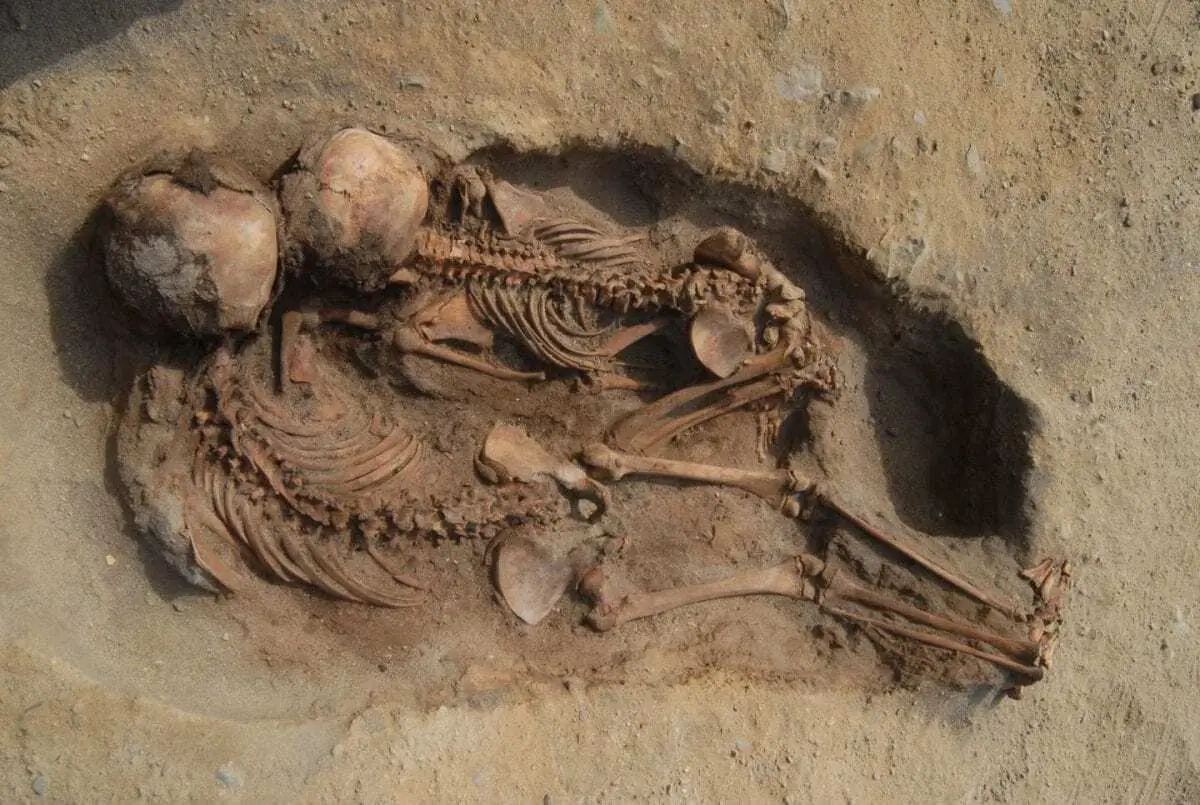A mass sacrifice at a 15th century archaeological site in Peru saw the ritual killing of over 140 children and over 200 llamas, according to a study. This is the largest known mass sacrifice of children – and of llamas – in the New World.
Human and animal sacrifices are known from a variety of ancient cultures, often performed as part of funerary, architectural, or spiritual rituals. Very little evidence of this practice is known from the northern coast of Peru, however. The Huanchaquito-Las Llamas site was part of the Chimú state, which was a dominant culture along the Peruvian coast in the 15th century.
This study reports the findings of excavations between 2011 and 2016 that revealed hundreds of bodies buried in an area of approximately 700 square meters. The human remains were almost entirely children, and the animal remains, all juvenile, were identified as most likely llamas, but possibly alpacas. Anatomical and genetic evidence indicates the children included boys and girls between 5 and 14 years old. Cut marks transecting the sternums and displaced ribs suggest both the children and llamas may have had their chests cut open, possibly during ritual removal of the heart.

The remains were radiocarbon dated to around 1450 AD, during the height of the Chimú state. A thick layer of mud overlaying the burial sediments indicates that this mass killing was preceded, and perhaps inspired, by a major rainstorm or flood. The authors note that this sacrifice was clearly a large investment of resources for the Chimú culture. Through future study, they hope to better understand the ritual through its victims, by analyzing the life histories and cultural origins of the sacrificed children.
Author Verano adds: “This archaeological discovery was a surprise to all of us–we had not seen anything like this before, and there was no suggestion from ethnohistoric sources or historic accounts of child or camelid sacrifices being made on such a scale in northern coastal Peru. We were fortunate to be able to completely excavate the site and to have a multidisciplinary field and laboratory team to do the excavation and preliminary analysis of the material. This site opens a new chapter on the practice of child sacrifice in the ancient world.”
Header Image – Mummified children. Credit : John Verano (2019)





